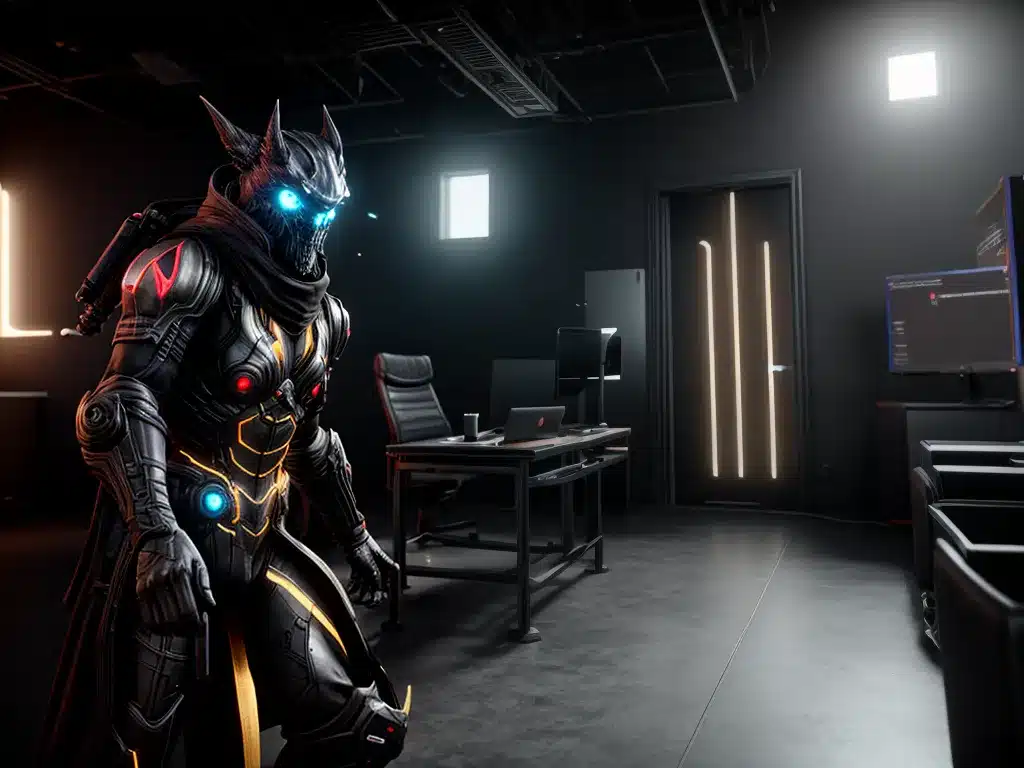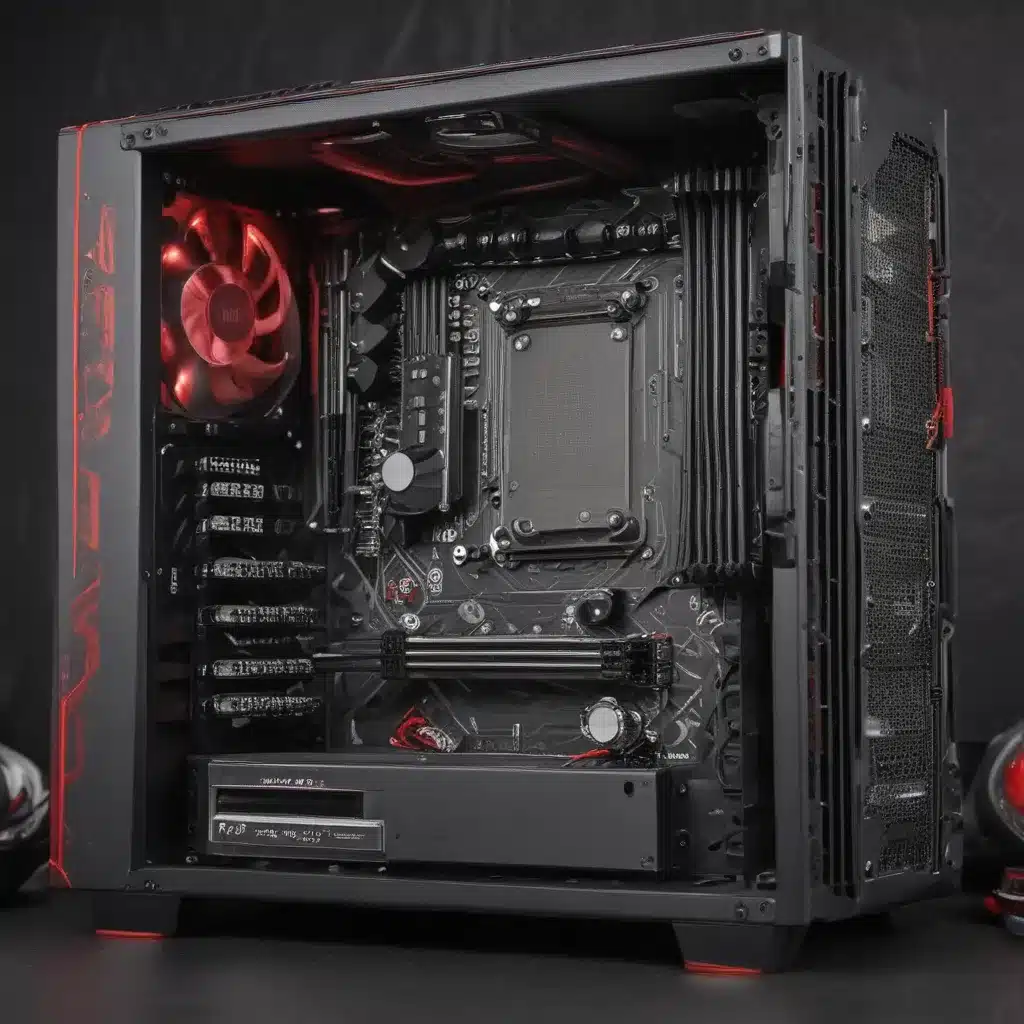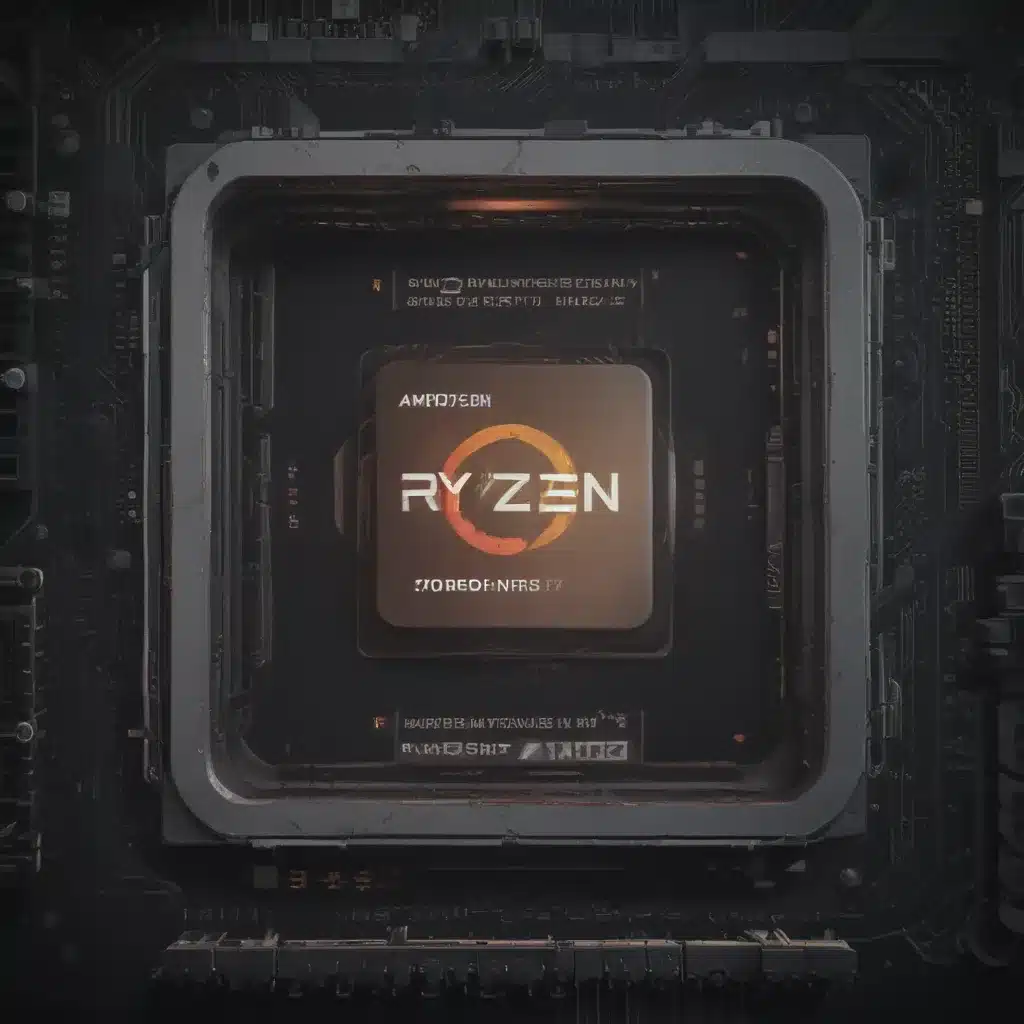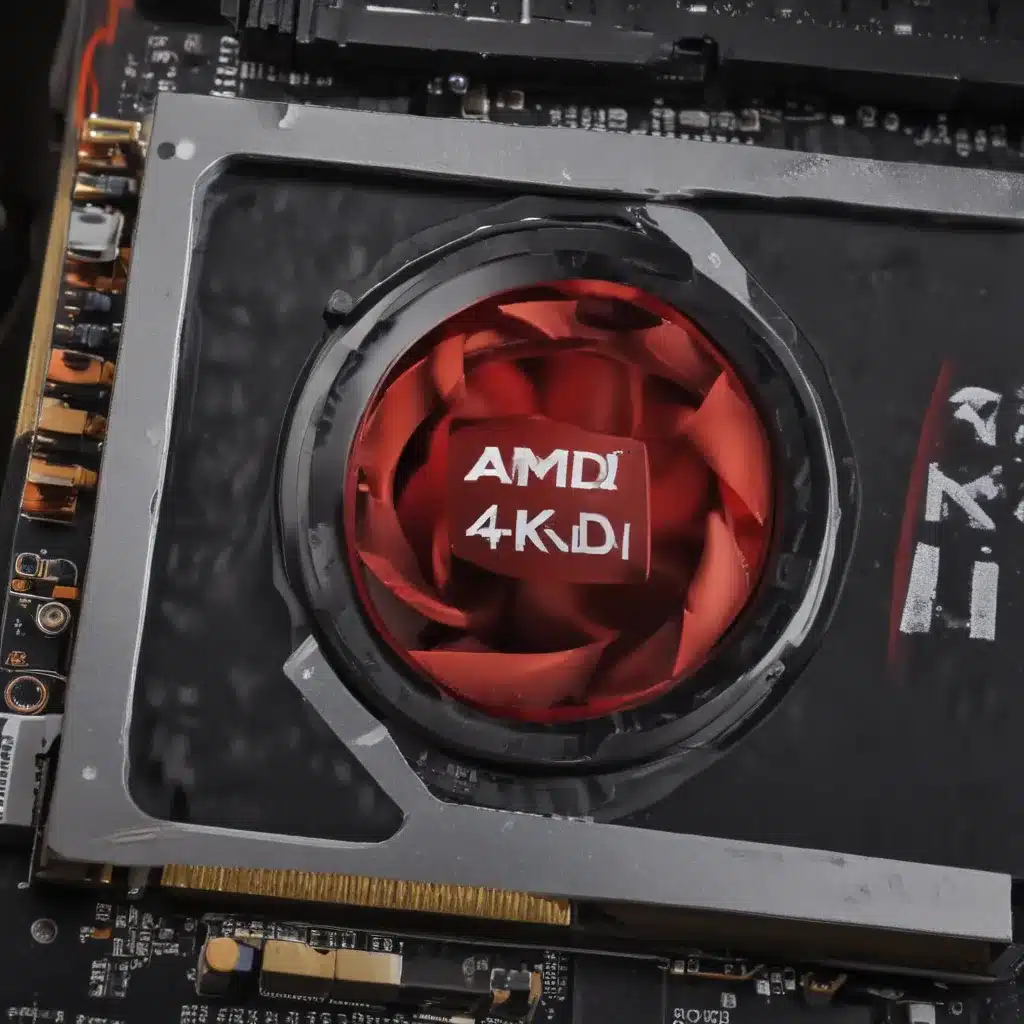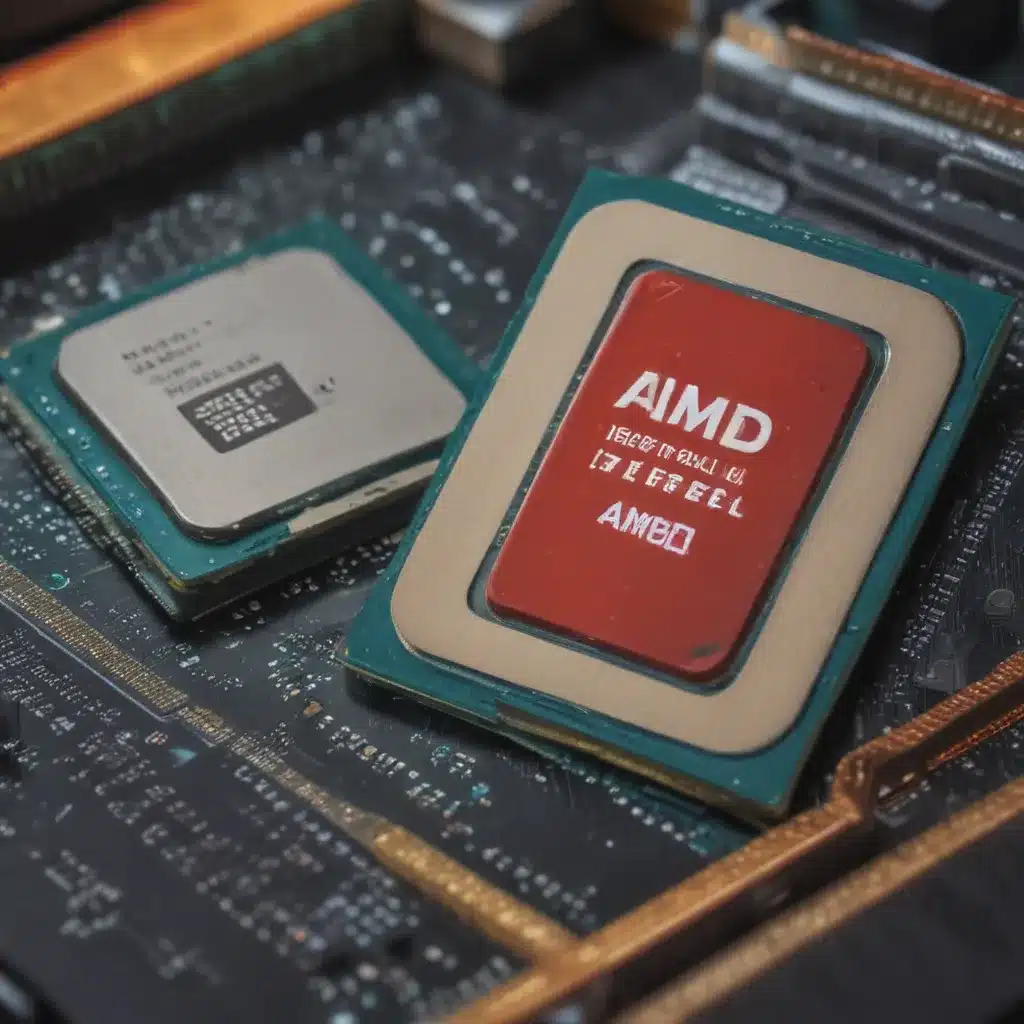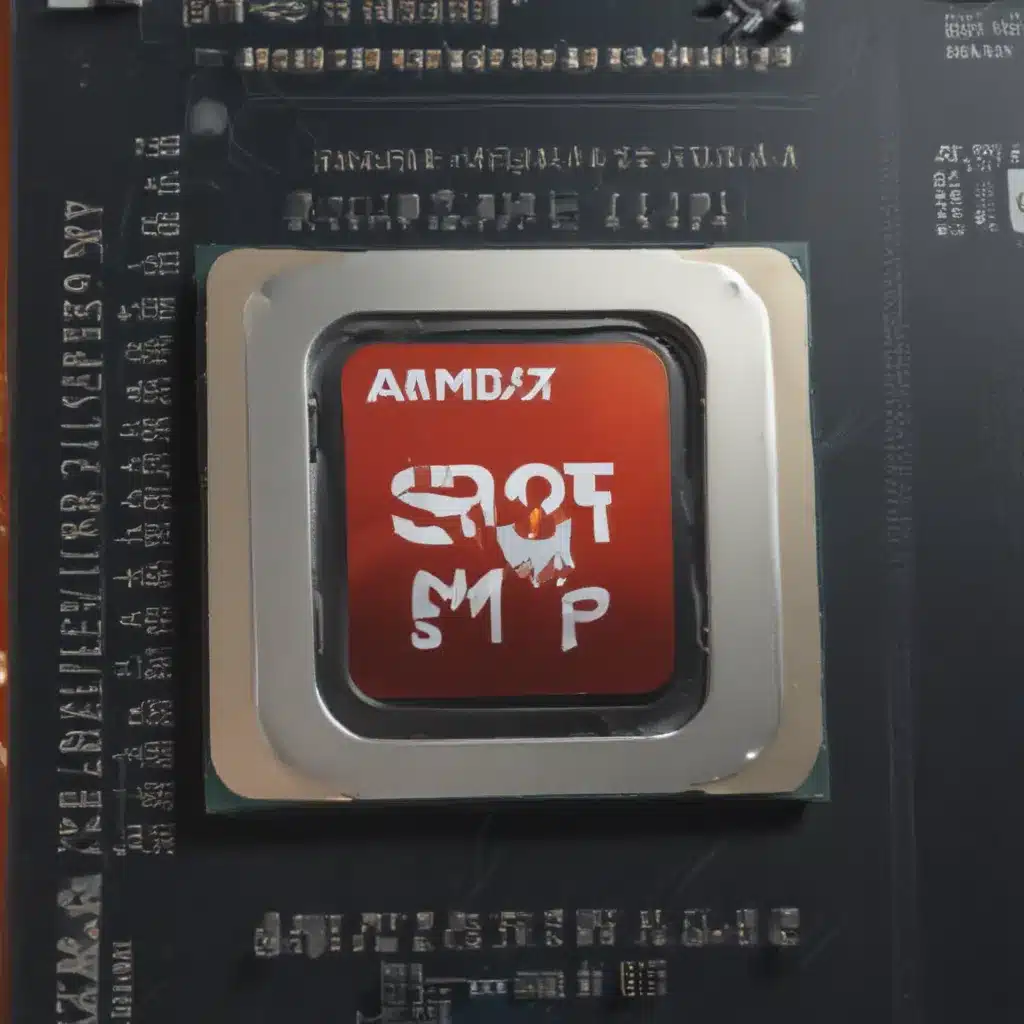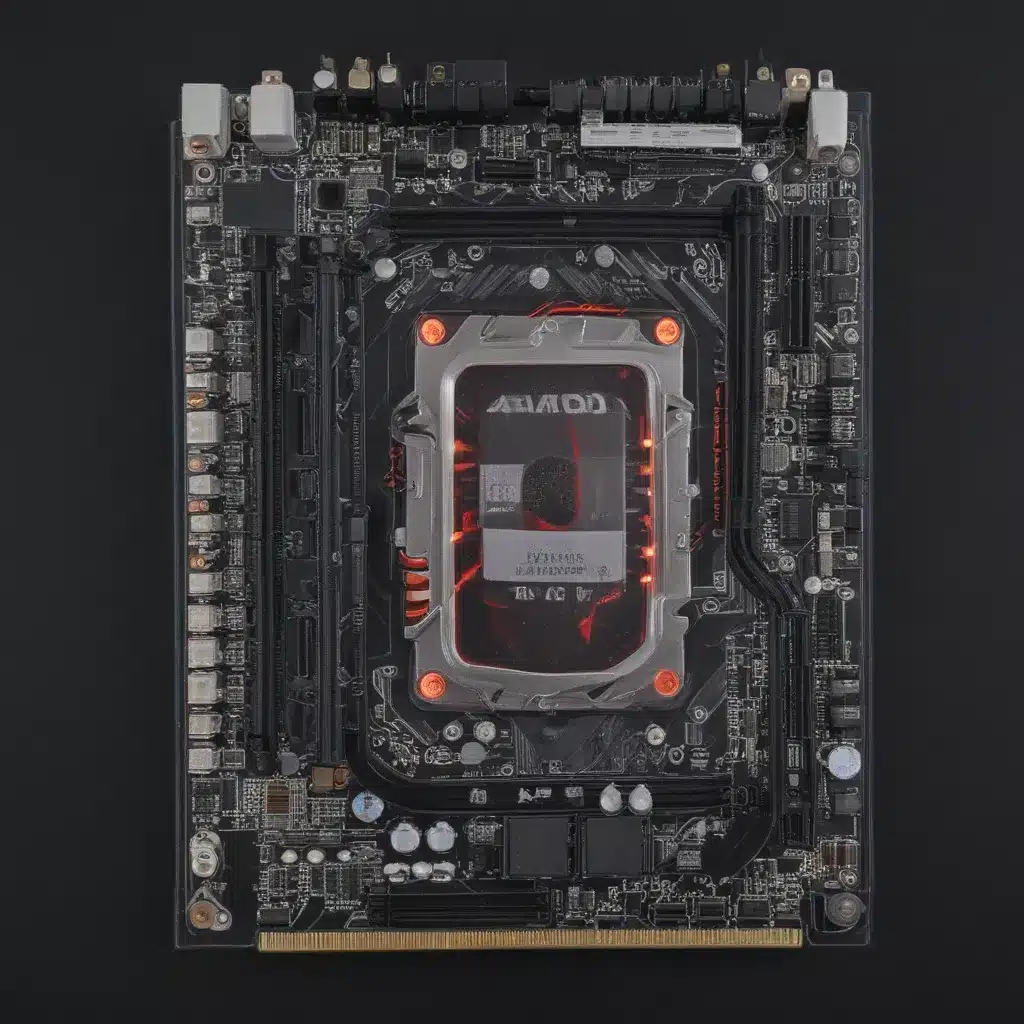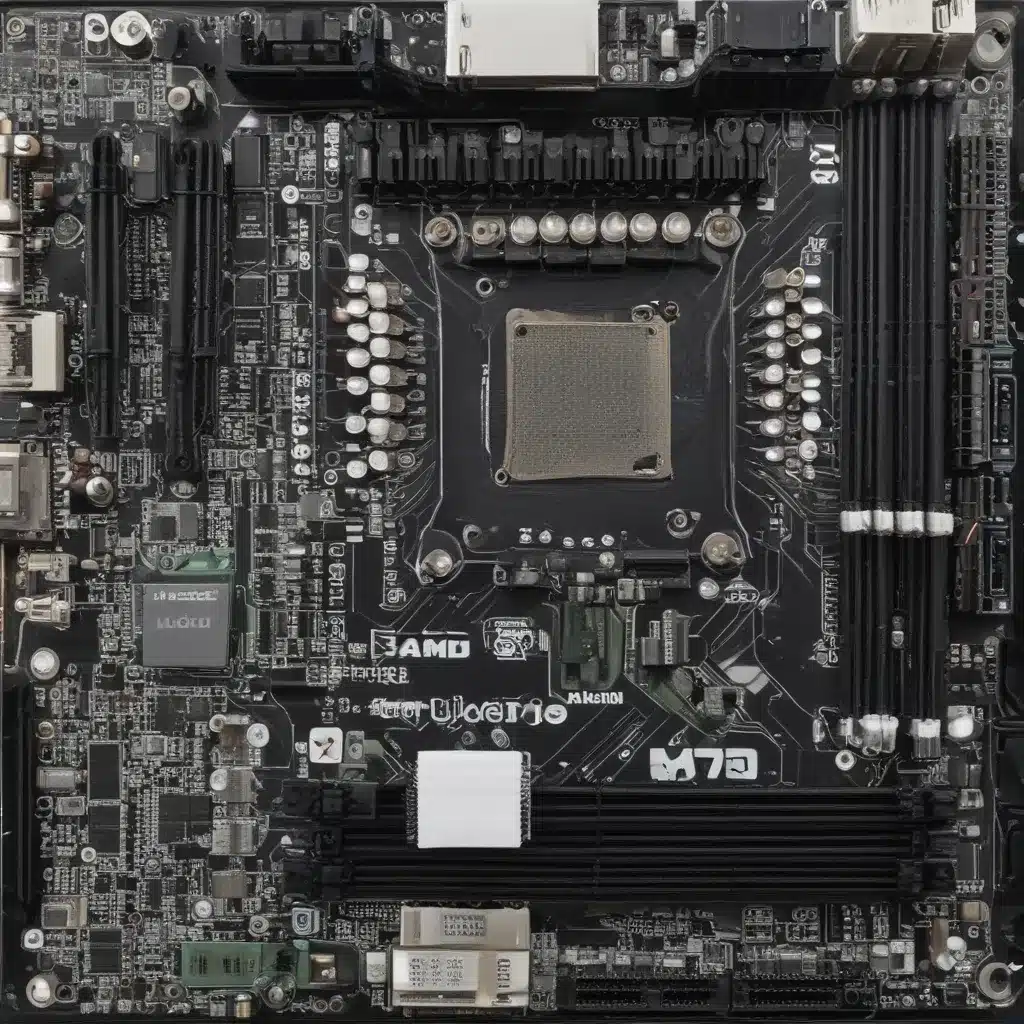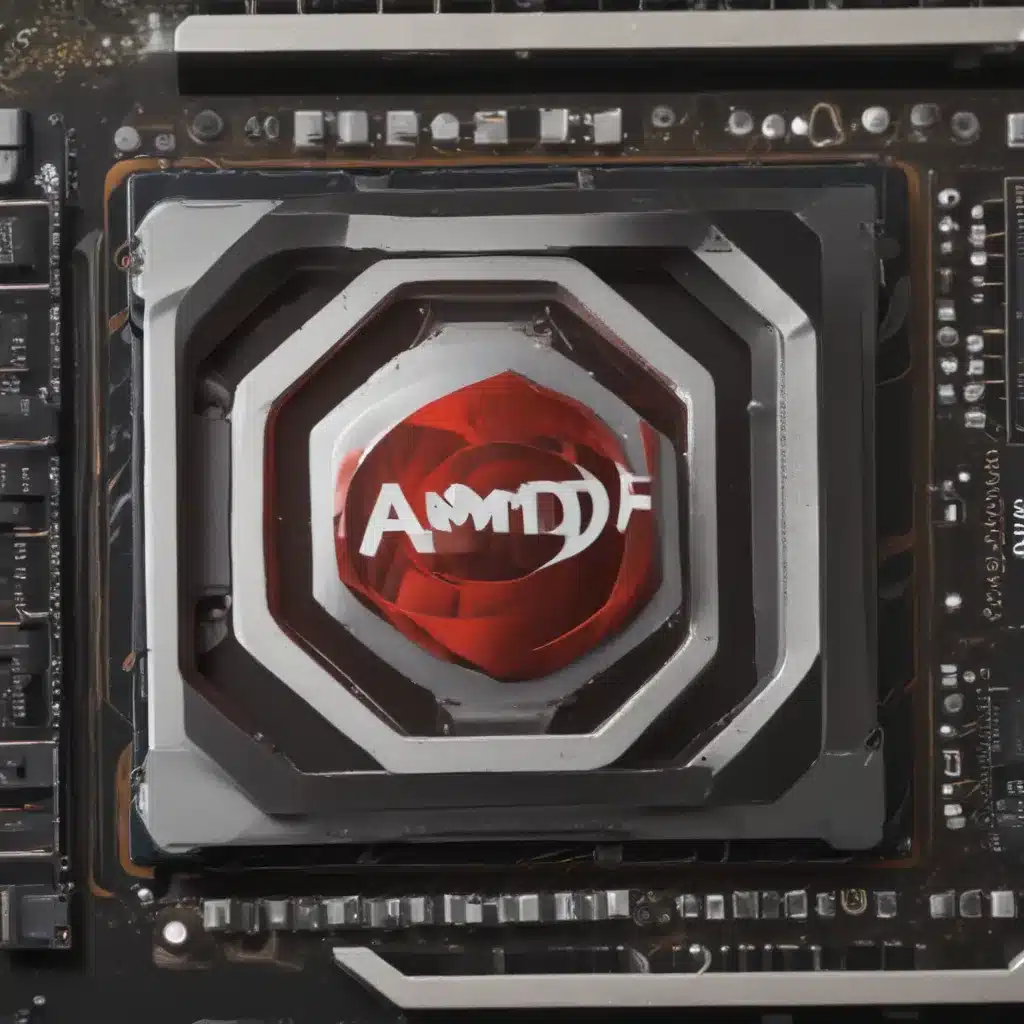I recently had the opportunity to test out Unreal Engine 5 on an RTX 3090 graphics card. As a game developer and tech enthusiast, I was eager to see how Epic’s new engine performed with Nvidia’s latest GPU hardware. Here are my first impressions from spending some time with Unreal Engine 5 and ray tracing.
Stunning Visual Fidelity
The first thing that struck me was just how incredible Unreal Engine 5 looks with ray tracing enabled. The fully dynamic global illumination, reflections, shadows, and other effects truly take real-time graphics to the next level.
I loaded up Epic’s “Valley of the Ancient” demo and was blown away by the photorealism. Ray traced shadows have smooth gradients and penumbrae rather than sharp edges, mirror-like reflections are physically accurate, and global illumination realistically bounces around the scene. Materials like metal, stone, and cloth look almost indistinguishable from real life.
Overall, the visual quality is a massive leap over previous generations. After seeing UE5 running on an RTX card, I can say without a doubt that ray tracing is the future of gaming graphics.
Excellent Ray Tracing Performance
Given the high demands of ray tracing, I was worried performance would be poor. However, I was pleasantly surprised to find smooth frame rates in UE5 on the RTX 3090, even at 4K resolution with max settings.
The RTX 3090 maintained 55-60 FPS during the Valley demo, only dipping below 60 in particularly heavy scenes. That’s very playable performance given the incredible graphics quality.
Nvidia’s 2nd-gen RT cores and 3rd-gen tensor cores provide a big boost to ray tracing performance. UE5 also uses several optimizations like variable rate shading to maximize efficiency. Overall, the performance is night and day better than early ray tracing implementations.
AI-Assisted Development
Unreal Engine 5 comes with several new AI features to improve workflows. Nanite virtualized geometry lets artists create insanely detailed models that are optimized automatically. Lumen removes the need for baking and lightmap generation.
I found these AI tools dramatically accelerated creating good-looking scenes. With Nanite and Lumen, I could focus on high-level scene composition rather than worrying about optimizations. The AI handles the tedious stuff like LODs and lightmap UV unwrapping.
AI assistance will enable artists to focus on creativity rather than technical limitations. This shift could lead to far more detailed and expressive worlds.
Tempered Expectations
While impressed by UE5, I tempered my expectations around adoption timelines. Fully realized UE5 titles likely won’t release for another couple of years at least. Features like Lumen, Nanite, and ray tracing require high-end hardware that isn’t yet widely adopted.
The Valley demo ran smoothly, but an actual game with expansive environments and effects would need optimizations across the full production pipeline. There is also work needed on VR support, gameplay systems, and other areas.
The path from tech demo to high-quality game will take time. But after seeing UE5, I’m confident this new engine will power amazing next-gen games down the road.
Conclusion
My initial experience with Unreal Engine 5 left me extremely excited about the future of real-time graphics. Ray tracing support takes visuals to new heights, achieving a photorealism we could only dream about before now. Performance from Nvidia’s RTX 30 series GPUs provides smooth frame rates even at 4K resolution with maxed settings for UE5. While still early, this feels like a truly generational leap that will enable game developers to create unprecedented immersive worlds. I can’t wait to see the stunning RTX-powered UE5 games that release in a few years!

